Hydroxypinacolone Retinoate (HPR) -Morning C evening A, the third generation of retinoid derivatives

Mechanistic Analysis of the "Morning C, Evening A" Scientific Skincare Regimen
The "Morning C, Evening A" skincare concept has emerged as a pivotal paradigm in precision skincare. Its core principle involves daytime application of vitamin C derivatives (morning protection) and nighttime use of vitamin A derivatives (nocturnal repair). This mechanism is grounded in the biological interplay between cutaneous circadian rhythms and environmental factors:
Daytime Defense System (Core Efficacy of Vitamin C): Solar ultraviolet (UV) radiation induces reactive oxygen species (ROS) generation in the skin, activating tyrosinase activity and catalyzing melanin synthesis. Acute effects manifest as immediate pigmentation, while chronic accumulation leads to persistent hyperpigmentation. Vitamin C and its derivatives provide a photoprotective barrier by potently scavenging free radicals and interrupting oxidative stress cascades.
Nighttime Repair System (Core Efficacy of Vitamin A):To counteract daytime photodamage and structural protein degradation, vitamin A derivatives (retinol and its analogs) activate keratinocyte turnover, stimulate collagen biosynthesis, and regulate melanin metabolism, thereby facilitating deep-tissue restoration and skin texture remodeling.
The following network pictures can be more vivid analysis
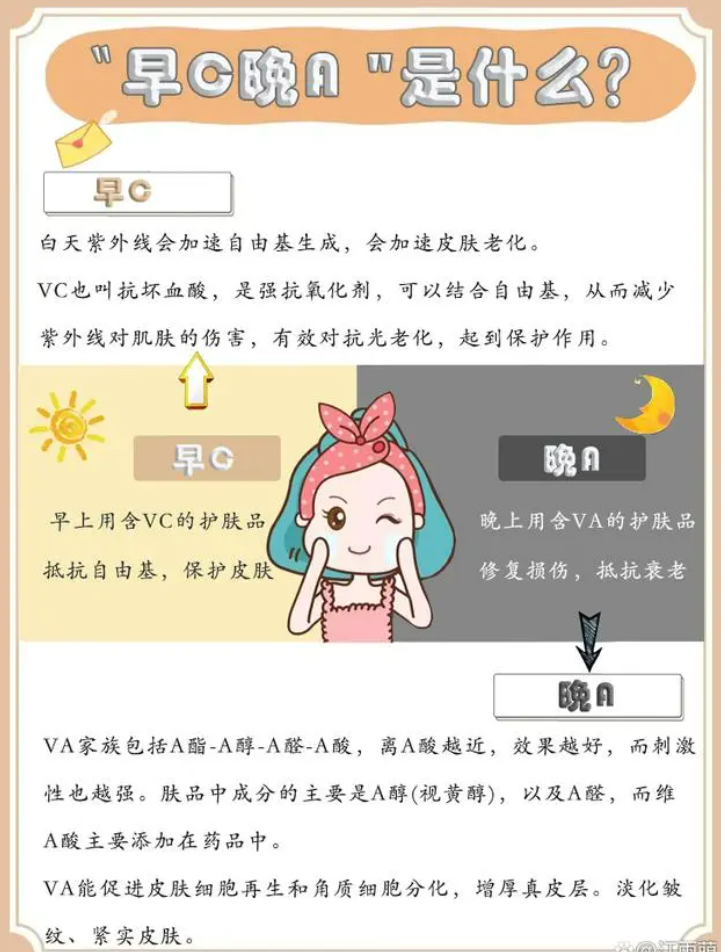
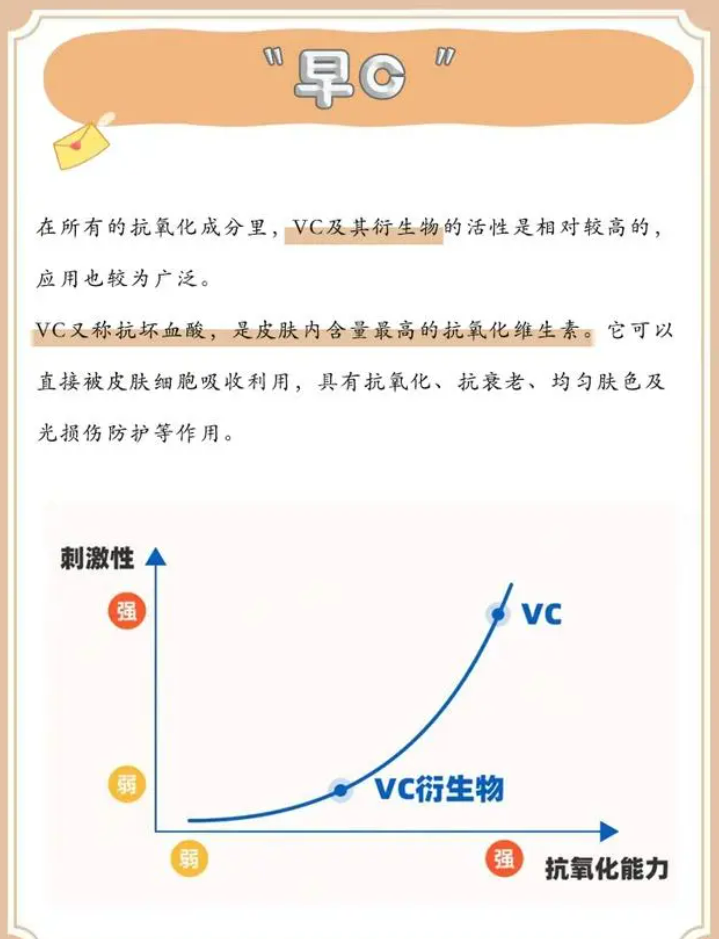
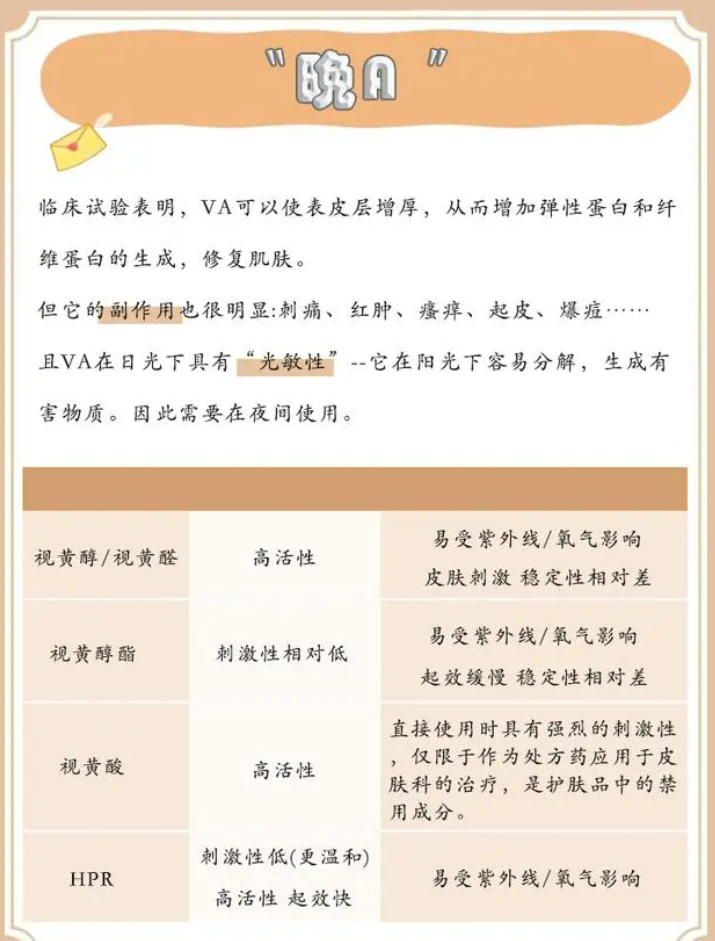
Next, let's talk about what the A in early C and late A is
In the evening A, A generally refers to retinoid derivatives, including retinol, retinol, retinal, retinyl ester and so on. Hydroxypinacolone Retinoate (HPR) is a new type of A alcohol, the third generation of retinoid derivatives, and the new generation of A alcohol leader.
Hydroxypinacolone Retinoate (HPR): a new cutting-edge technology of retinol
Hydroxypinacolone Retinoate HPR, a new type of retinol substance, is the third generation of VA derivatives. It is a more mild and more efficient super vitamin A, which has the functions of anti-aging, preventing acne, whitening and lightening spots, regulating epidermal metabolism, etc., and is widely used in cosmetics, medicine, personal care and other fields.
As a new generation of anti-aging ingredients in the vitamin A family, Hydroxypinacolone Retinoate HPR has unique properties, which are mainly due to its special chemical structure.

The structure of Hydroxypinacolone Retinoate (HPR) allows it to transform from
the traditional vitamin A derivative transformation chain (ester to alcohol to aldehyde), and is faster in the step of converting to A acid, which can directly bind to cell retinoic acid receptors (RARs).
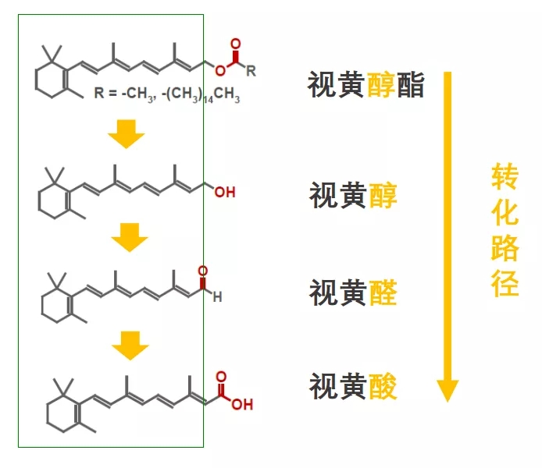
Traditional retinyl esters require hydrolysis and two-step oxidation in the skin to convert into retinoic acid, which is necessary for their effectiveness. However, this process has a low conversion efficiency, and increasing the dosage can lead to irritation. Hydroxypinacolone Retinoate (HPR) is an ester derived from retinoic acid that can act directly by stimulating receptors without the need for metabolic conversion.
Feature 1: High efficiency
Hydroxypinacolone Retinoate (HPR) does not hydrolyze and acts directly on the receptor protein with high efficiency and low irritation.
Feature 2: High stability
With the protection of ester group, Hydroxypinacolone Retinoate HPR has greatly improved stability and is far better than retinol.
Advantages: Hydroxypinacolone Retinoate HPR is a new type of retinol. Compared with other retinoid derivatives, it has the advantages of mild safety, low irritation, high activity, direct effect, easier transdermal absorption, stronger stability, and less likely to be oxidized and ineffective.
With the upgrading of consumption, Hydroxypinacolone Retinoate HPR will gradually replace retinoic acid, isotretinoin, retinol and other retinol components in the future.
Derived from research by Estee Lauder
In the RARE experiment (retinoid acid receptor binding assay), compared to retinol (ROL), retinal (RAL), and retinyl palmitate (RP), Hydroxypinacolone Retinoate (HPR) showed higher gene transcription levels at the same concentration. Additionally, at 10 times the concentration, HPR exhibited less cytotoxicity to cells.
The history of application of Hydroxypinacolone Retinoate (HPR)
Hydroxypinacolone Retinoate (HPR) was initially developed by the American company Grant for Estee Lauder. However, due to a lack of interest, it was adopted by niche brands, such as Mad Hippie in the UK and The Ordinary in Canada. Thanks to its unique properties, HPR has gained increasing popularity among domestic and international cosmetic brands, with an expanding range of products on the market.
Summary: Efficacy of Hydroxypinacolone Retinoate (HPR)
1. Anti-aging and tightening, improving skin texture
2. Lighten spots and brighten up, reducing skin melanin
3. Remove acne and improve acne
4. Anti-oxidation and reduce skin roughness
5. Control oil and inhibit sebum secretion
The following is the product information of Hydroxypinacolone Retinoate HPR produced by our company
Appearance: yellow powder Purity: greater than 99% Free retinol acid:
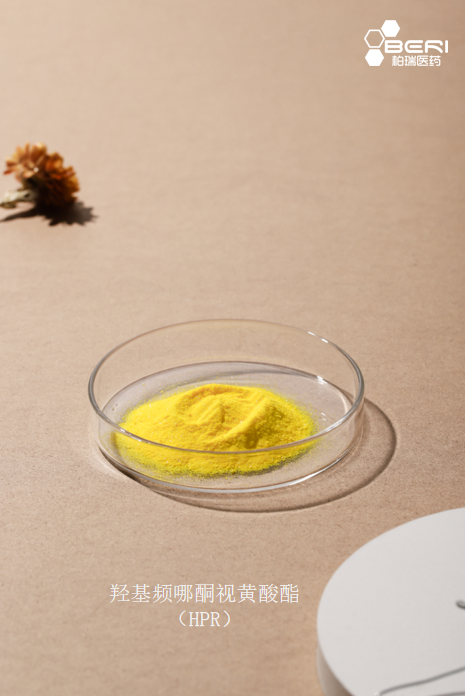
Welcome to consult or sample ~
Contact number: 0756-8699456

Follow our official account for more information about the latest products!
More Explore






